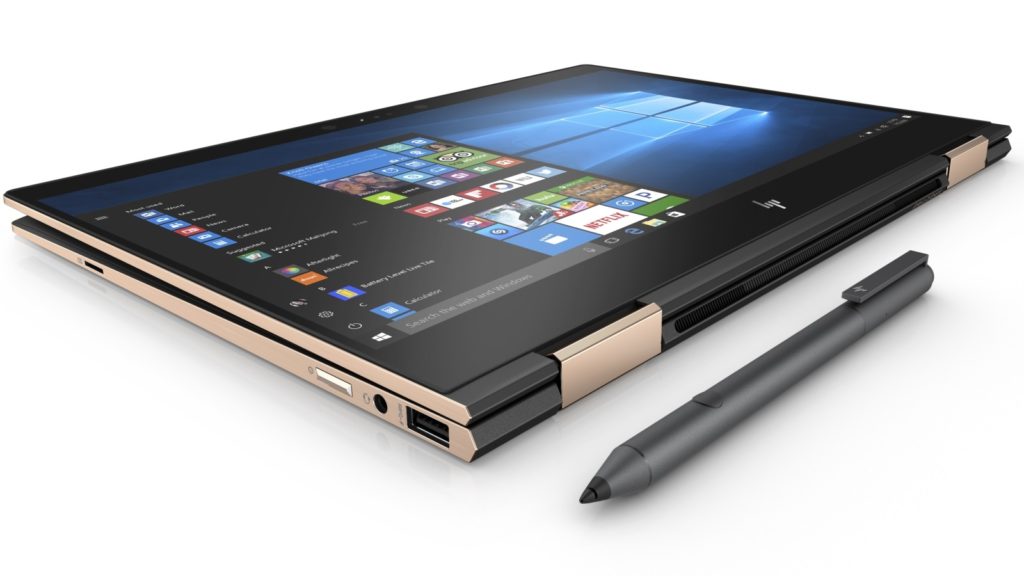Holo Audio Azure Headphone Amp/Preamp & Cyan DAC/Headphone Preamp REVIEW
Summary
Holo Audio Azure Headphone Amp/Preamp
$2799
Cyan DAC/Headphone Preamp REVIEW
$2499
RICHARD VAREY puts two splendiferous Shanghai-made preamps through their paces and is surprised at their natural, relaxed and dynamic sound properties.

I’ve checked out a pair of high-resolution music reproducing components from Holo Audio.
They’re available from Soundwe, Auckland. I’m told this brand – although not known to me prior to the audition – is well known in the ‘head-fi’ community. The matched duo of products I tried out are the latest in a series of pioneering developments from the talented innovator “Brother-in-Law” (I’ll explain later!).
I listened extensively to music with this couple in my system before I looked at the descriptions, measurement data, and prices.
What’s the Sound Quality Like?
The sound quality is clean, dynamic, relaxed, and tonally natural. In fact, very pleasing and easily listenable. There’s obvious clarity and realism, rendering my digital files in a smooth, lively, realistic presentation. With quality that is hard to articulate in words.

What I’ve heard induced an appetite for extended listening to the warm, mellow, and musical immediacy of the sound image. I’ve experienced lots of very comfortable listening. Without any irritant character in the sound. There’s been no sign (that I can consciously discern) of ‘digitalness;’ that often cuts short listening sessions, when fatigue sets in. The music has been flowing with ease. And that’s a joyful thing.
Separate, Yet Together
The Holo Audio Azure and the Cyan can be used separately. Or together in a personal desktop set-up, or a full system – which is the way I used them for this audition. These devices share some features, although their circuit topologies are distinctly different. Named as exotic colours, these components have striking black cases with copper-colour anodised aluminium trims. This gives a feel of contemporary stylish elegance, albeit somewhat modest and unassuming.
The sole power on-off switches are on the rear panels. Making the front fascias clutter-free. The Azure has headphone sockets, an adjustable display and a rotary function switch. And the Cyan looks very similar. While they look almost the same, they are quite different in circuit configuration. And they function from each other, and devices from other brands.

Remote Control Units
The remote control units have buttons in the same colour as the case trims. And are unusual, as they don’t have a power switching function. And they are also identical, apart from being marked RMT-1 (linked with the Cyan) and RMT-2 (controlling the Azure). Each switches display brightness level, input selection, output selection, mode selection (Cyan only), volume and mute.
The distinguishing feature of the Holo Audio Azure is its left and right channels – which have a fully balanced structure. Each channel has two independent amplification modules to complete the buffering. And two more for the amplification.
So there are a total of eight amplifier modules. The circuit resolves the shortcomings of the transistors, and has the advantages of both tubes and transistors. The use of a large number of transistors (about 400) makes the linearity of the amplifier superior.

The volume control is a fully balanced stepping device controlled by a relay. It has a total of 64 steps of 1dB. The noise is minimal, and volume can be precisely controlled. The Azure has three output modes: low-impedance headphone output, high-impedance headphone output, and line output. Inputs and outputs are RCA and XLR (balanced).
Cyan Preamp
As for the Cyan preamp, I auditioned the all-in-one “PCM Mode” R-2R DAC, including pre/headphone amplifier (there is also a PCM Mode version and a DSD Mode version). This is a cut down version of the renowned Spring 1 DAC.
And since a digital volume control is fitted, the signal is converted to PCM first (because you cannot alter DSD directly). It can be operated in either of two modes: Oversampling and Non-OverSampling. The sound quality is different. In the OS mode, I heard a warmer, smoother quality to my music, whereas in the NOS mode, the music was a little livelier and cleaner.

The Cyan uses an R-2R discrete resistor ladder to preserve the musicality of the digital signal. An R–2R ladder is a simple and inexpensive way to perform digital-to-analogue conversion. This uses repetitive arrangements of precise resistor networks in a ladder-like configuration. Only two values of resistance are needed, hence R and 2R. This sounds more like analogue than the other more common Delta Sigma circuit.
‘Pure’ DAC Mode
The Cyan can be run in ‘pure’ DAC mode. When the volume control is set to 100 percent there is no attenuation of the output. Alternatively, it can be switched to preamp, to control the volume with the front panel knob. It caters for inputs from USB, SPDIF, coax, HDMI, and AES. Analogue output is from RCA and XLR (balanced).

In conclusion, the sound quality is very engaging. Build quality and finish is excellent. At these prices, the Azure and Cyan should be given serious consideration after auditioning them for yourself.
The designer behind the Holo Audio brand is Jeff Zhu from Suzhou, just west of Shanghai. Born in the 1970s, he previously was an electronic test instrument engineer. Friends affectionately call him “Brother in Law” (the pronunciation of Brother in Law in Chinese is similar to the pronunciation of Jeff).

Holo Audio – Summary
The Holo Audio name is simple and meaningful And it doesn’t conflict with any other audio brand name. Mr Zhu doesn’t like to use a fake foreign name, so the name is based on its Chinese meaning. Holo corresponds to Heluo. The Heluo culture is the source of Chinese civilization originating in the region of the Yellow River joining the Luo River, and so Holo’s English meaning is ‘complete, overall’, thus Holo (comprehensive) Audio.
Equipment used for this audition
JRiver Media Center 25 running with Fidelizer Pro 7.8 on Windows 10 latest upgrade, connected by a Supra Cables USB 2.0 cable to the Cyan DAC, in turn connected to the Azure pre-amplifier and Viganoni & Viganoni v2 monoblock amplifiers with Supra Cables Sword interconnects, driving Audio Pro Avanti A100DC floorstanding loudspeakers via Supra Cables XL Annorum cables. I didn’t use the headphone outputs.















